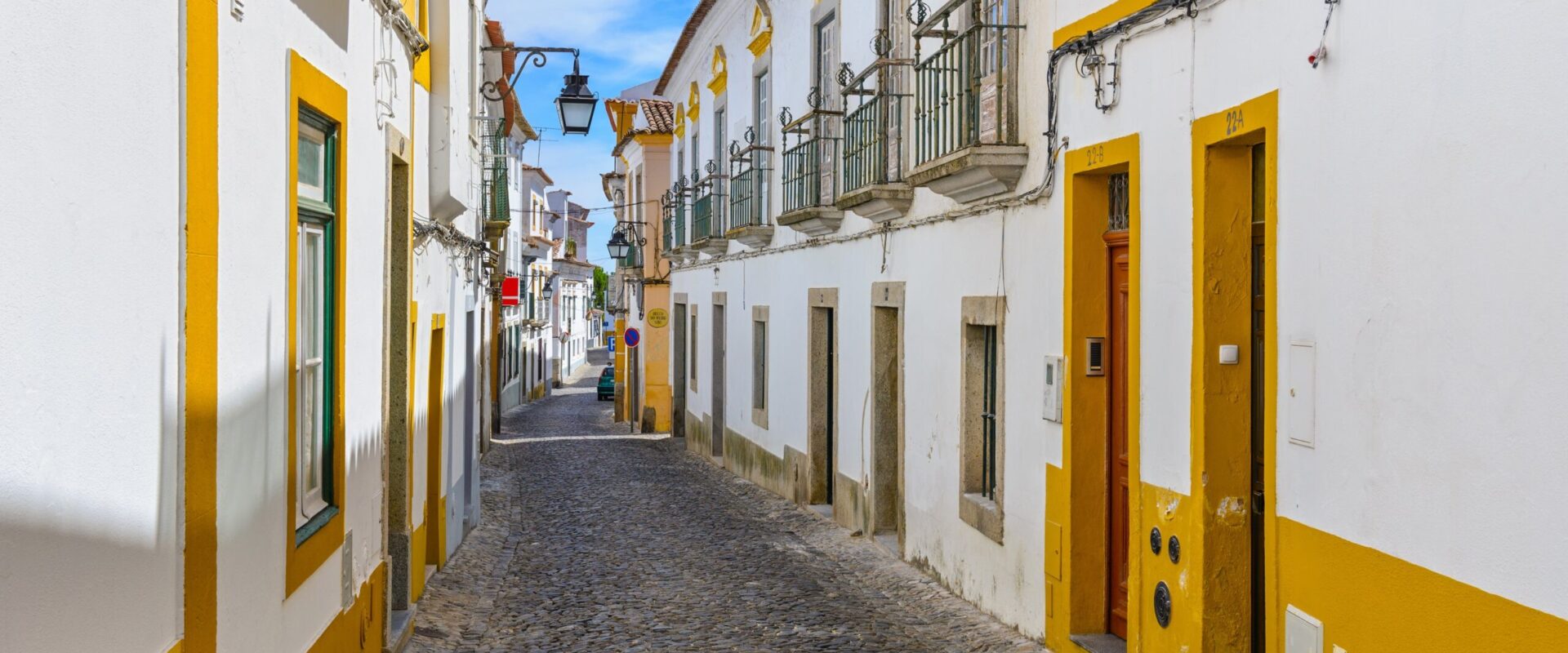Central Portugal and Alentejo

The Alentejo is an area of historical and cultural interest; the interior of this region is mountainous and has many forests of pine and chestnut trees.
The area of Alentejo covers almost a third of the country and stretches the entire width from the border with Spain in the east to the Atlantic Ocean in the west. There are open rolling plains in the south and granite hills in the northeast. The landscape is predominantly one of gentle rolling hills covered in cork oaks, holm oaks, olive trees and grapevines.
The capital of Alentejo, Evora has a well preserved old town centre which is still partially enclosed by medieval walls. There are a large number of monuments dating from various historical periods, including a Roman temple. Evora has been designated a UNESCO World Heritage Site and is also a member of the Most Ancient European Towns Network.
Coimbra is a riverfront city which served as the country’s capital from 1131 to 1255. There are many archaeological structures dating back to Roman times, including a well-preserved aqueduct. The historic University of Coimbra is the oldest academic institution in the Portuguese-speaking world and is famed for its 18th-century bell tower and baroque library. The city is known for the Fado de Coimbra, a highly stylised genre of fado music.